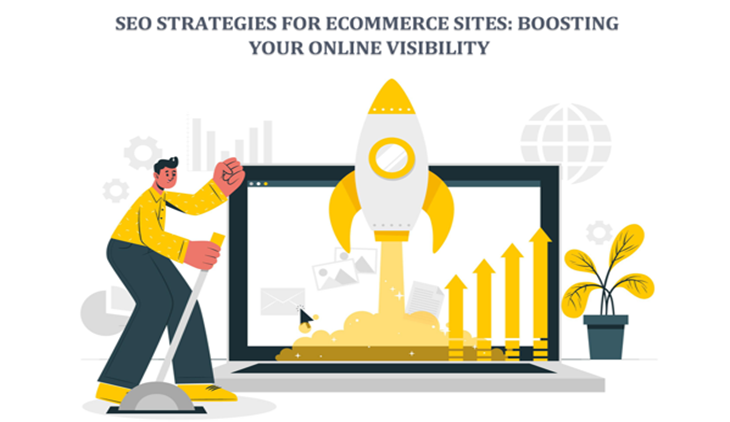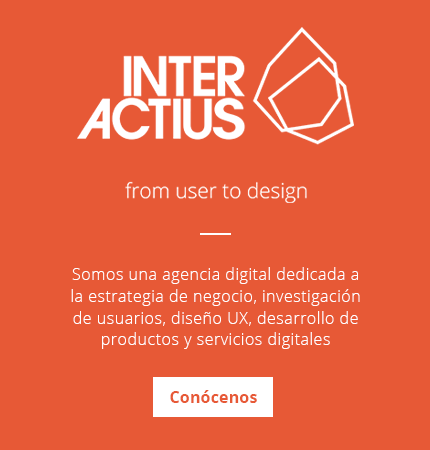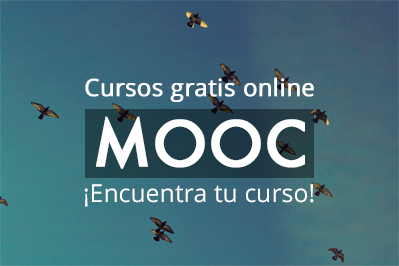
The online shopping scene is thriving, but with so many businesses vying for attention, cutting through the digital noise can be challenging. This is where SEO (Search Engine Optimization) becomes your secret weapon. By optimizing your e-commerce website for search queries, you can unlock a treasure trove of benefits, including:
- Increased organic traffic
- Enhanced brand recognition
- Soaring sales
This article dives deep into the specific strategies you can implement to harness the power of SEO for your e-commerce site. We’ll explore keyword research techniques, on-page optimization tactics, and local SEO best practices tailored to the market. We’ll also delve into building backlinks and crafting compelling content that resonates with audiences. By the end, you’ll have a comprehensive SEO roadmap to boost your online visibility and watch your e-commerce business flourish.
Keyword Research for the Market
Keyword research is the basis of any great SEO strategy. By understanding the specific terms consumers use to search for products online, you can tailor your website’s content and structure to attract the right audience.
Why Keyword Research is Crucial
Keyword research is crucial as it allows you to cast a targeted net, attracting potential customers who are actively searching for your products.
You need to be specific because search behavior can vary significantly between countries. Consumers might use different terms or phrasing compared to their global counterparts. Keyword research with focus ensures you target the right keywords for maximum impact.
Unearthing Your Keyword Treasure Trove
Several tools and techniques can help you discover valuable keywords for your e-commerce site. This includes tools like Google Keyword Planner, a free tool by Google that provides insights into search volume, competition level, and related keyword suggestions. Also, you must perform competitor analysis to see what keywords your successful competitors are ranking for.
Most essentially, you need to use long-tail keywords, which are more specific, multi-word phrases with lower competition. However, they can be highly valuable for attracting targeted customers with clear purchase intent. For example, instead of targeting “sweaters,” consider “Aran woolen sweaters for women.”
Search Intent Matters
Don’t just focus on the keyword; consider the searcher’s intent. Are they looking for information, searching for “best hiking boots” or ready to buy, instead of searching “buy hiking boots near Dublin”? Understanding search intent helps you optimize your content to match the user’s buying stage in the customer journey.
On-Page Optimization for E-Commerce Sites
On-page optimization refers to optimizing the various elements on your website’s pages to improve search engine ranking and user experience. Think of it as meticulously polishing your shop window to entice customers and catch search engine crawlers’ attention. Here’s how key on-page elements contribute to your e-commerce success:
Title Tags and Meta Descriptions
Title tags are the clickable headlines displayed in search results. You should include your primary keyword at the beginning of the title tag, keeping it concise (ideally under 60 characters) and informative. For example, instead of just “Sweaters,” try “Luxury Wool Sweaters for Men & Women.”
Mets descriptions are the short snippets that appear under your title tag in search results. Use them to entice users to click with a compelling description that includes relevant keywords and highlights your product’s unique selling proposition (USP). For example, “Handcrafted wool sweaters made with love. Shop our collection for warmth, style, and comfort.”
Product Descriptions and Blog Magic
Craft informative and engaging copy that showcases product features and benefits. Use relevant keywords naturally throughout the text, but prioritize clear and concise language for consumers.
A blog is a powerful tool for attracting organic traffic and establishing your brand as an authority. Create informative blog content relevant to the market, like “Top 10 Hiking Trails” or “A Guide to Choosing the Perfect Aran Market.” Integrate long-tail keywords, use WooCommerce Call for Price to offer negotiable pricing, and promote your blog content on social media platform.
Optimizing the Visuals
High-quality images are essential for any e-commerce site, but don’t forget about image optimization for SEO. To begin with, don’t use generic file names like “IMG_001.jpg.” Instead, use descriptive filenames containing relevant keywords, such as “Aran-Woolen-Sweater-Navy.jpg.”
Also, alt text should be added to describe the image for visually impaired users and search engines. Include relevant keywords in your alt text descriptions.
Captions are another essential part of your images. They provide additional context for your photos and are also an opportunity to incorporate relevant keywords naturally.
Beyond the Page: Technical SEO Considerations
While content is essential, technical aspects also play a role in on-page optimization:
- Website Structure: Ensure your website has a clear and logical structure with easy navigation, making it user-friendly and crawlable for search engines.
- Page Speed: A fast-loading website is crucial for user experience and SEO ranking. Optimize images and code to ensure your pages load quickly.
- Mobile-Friendliness: With the rise of mobile shopping, a mobile-friendly website is no longer optional. Make sure your website displays and functions without problems on all devices.
- Internal Linking: Link relevant pages on your website to each other. This helps search engines understand your website’s structure and improves user navigation.
Local SEO and Backlinks
In this section, we’ll focus on local SEO and backlinks:
Local SEO
Local SEO is critical for e-commerce businesses with a local customer base. Optimize your Google My Business listing with accurate details, positive reviews, and local keywords to appear in local searches. Don’t forget local citations (listings on relevant directories) to boost your local ranking and attract nearby customers.
Backlinks
Backlinks, like positive recommendations, boost your website’s credibility in search engines’ eyes. Focus on earning high-quality backlinks from relevant websites. Guest blog on sites in your niche, participate in online communities, and try the “broken link building” strategy: find broken links on relevant sites and offer your content as a replacement. Avoid black-hat tactics like buying backlinks, which can hurt your ranking.
Content Marketing
Now, let’s focus on content marketing:
Brand as Authority
Content marketing isn’t just about selling; it’s about attracting organic traffic and establishing your brand as an authority.
Craft Compelling Content
Create valuable content formats like blog posts, how-to guides, product reviews, and infographics tailored to interests.
Targeting the Market
Focus on topics relevant to the market, showcasing your expertise and understanding of your audience.
Spreading the Word
Promote your content on social media platforms, like Facebook, Twitter, and Instagram, to reach a wider audience and drive traffic back to your website.
Conclusion
The competitive landscape of an online marketplace might seem daunting, but with a well-defined SEO strategy, you can navigate your way to success. Remember, SEO is an ongoing journey, but implementing the methods outlined in this article—from keyword research to content marketing—will equip your e-commerce site with the tools it needs to thrive.
As you embark on your SEO journey, keep these points in mind:
- Target the right audience
- Optimize your audience
- Build trust and authority
- Embrace local SEO
By following these steps and remaining dedicated to SEO best practices, you’ll be well on your way to boosting your online visibility, attracting more customers, and, ultimately, witnessing your e-commerce business flourish.










Pingback: Top 5 Magento SEO Strategies for Boosting Your Online Store - Nerdilandia